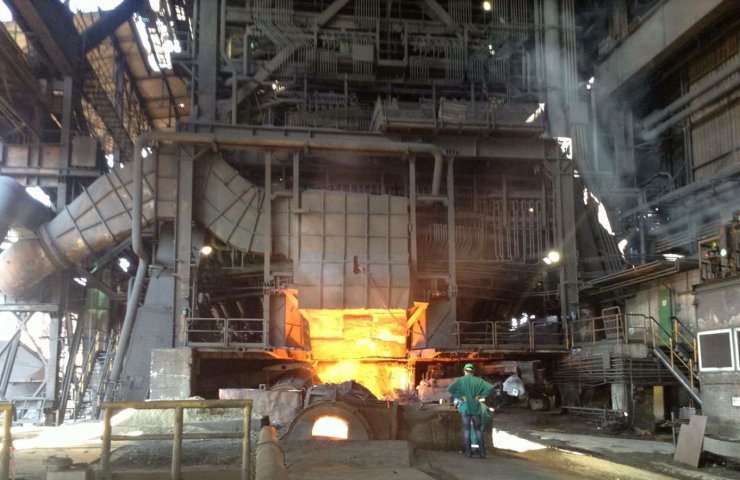This year, China will continue to impose restrictions on steel production in the winter and tighten emission controls at steel mills, a spokesman for the PRC's Ministry of the Environment said on Saturday.
Given the growing discontent over large-scale industrial shutdowns, Beijing has pledged to take more effective and targeted action in its war against air pollution, imposing different levels of production cuts for companies depending on the emissions situation.
"The steel industry remains the main source of pollutants despite improved emission levels and production restrictions ... There will be very few companies this year to exempt the restrictions," said Liu Bingjiang, head of the Atmospheric Environment Department of the Ministry of Environment and environment.
Liu said the Ministry of Ecology will engage industry associations to assess emissions from factories to avoid fraudulent efforts to raise emissions.
“We will punish trick factories severely and impose the highest level of production restrictions on them,” Liu said, adding that investment and operating costs for upgrading emissions at most iron and steel plants range from 20 to 270 yuan per ton of finished metal products.
According to preliminary data, threats from the ministry could affect the production activities of more than 60 percent of all steel production in China.
Companies that exhibit "ultra-low" emissions are eligible for exemption from the minimum level of production reductions during smog.
However, the head of the China Metallurgical Association (CISA) warned of insufficient “net capacity” in the steel industry, despite record high production.
“I hope the government can take fair action in its anti-smog campaign by protecting and supporting clean and advanced steel producers,” said CISA Chairman He Wenbo.
In the first five months of this year, steel production in China increased by 10.2 percent from a year earlier and reached 404.88 million tons. Small steel companies, which typically have lower emissions than their mid-sized and large competitors, account for 54 percent of the increase in production, he said.





